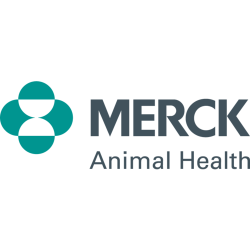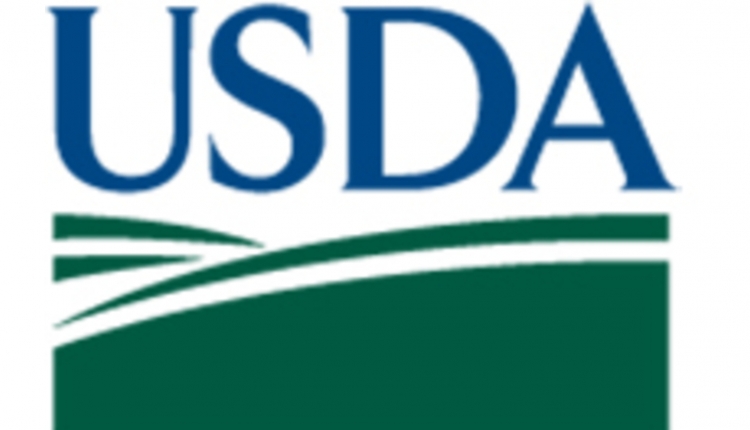
No. 1: Monitor teat end condition
If teat end condition is a concern at dry-off, the risk of new infections during the dry period increases. Cracked teats have a 1.7 times higher risk for acquiring new infections during the non-lactating period.
Reasons for reduced teat end health include inadequate milking procedures, improper milking equipment settings and function, environmental influences, infectious causes, and genetics (i.e., long pointed teats). It is recommended to establish a diagnosis and institute preventive solutions prior to dry-off so that the bulk of the teat ends are in good health at dry-off.
No. 2: Consider an internal teat sealant (ITS)
A cow’s natural defense mechanism against mastitis is the formation of a keratin plug within the teat canal which helps seal the teat ends from bacterial penetration during the dry period. The formation of this plug can be delayed or sometimes it fails to form altogether. The use of an ITS can reduce the risk of developing an IMI by more than 70%. To reduce the risk of IMIs and teat end leakage, many experts advocate the use of an ITS on all teats, and especially for those teats that score a 3 or 4 (on a 4-point scale) at dry-off due to higher risk.
No. 3: Consider blanket or selective dry cow therapy
The primary purpose of using dry cow therapy (antimicrobial) is to cure existing IMIs acquired during lactation and help prevent new IMIs that may be acquired in the dry period. Published, peer-reviewed studies have shown that more than 94% of subclinical mastitis infections at dry-off are caused by Gram-positive bacteria, which makes these bacteria the target for dry cow therapy.
In recent years, there has been growing public concern about the possible role veterinary antibiotics play in the development of antimicrobial-resistant strains of bacteria that have the potential to cause serious human illness. These dry cow comparison studies support that antibiotics of lesser importance in human medicine can be confidently recommended by the veterinary community at dry-off without sacrificing efficacy or animal well-being to help reduce this potential risk to public health.
No. 4: Utilize partial tube insertion and clip/flame udders
For cows that receive an antibiotic, infections can be reduced by up to 50% by using partial vs. full-tip insertion. Selecting a teat sealant with a short-tip option also reduces new infection risk as this results in less disruption to the keratinized epidermidis within the streak canal, which is needed to form the keratin plug.
Clipping or flaming udders at regular intervals reduces infection risk by removing unwanted hair that bacteria contained in manure and mud can cling to.
No. 5: Provide adequate eating space
It is intuitive that we want cows to maintain their weight throughout the dry period, although it can be difficult to measure and evaluate. Loss of body condition score (BCS) during the dry period negatively impacts performance of cows in the next lactation, and cows that lose weight have a reduced likelihood of pregnancy after first and second inseminations. Therefore, it is imperative to provide cows with adequate eating space during the dry period. A general rule of thumb is to provide 30 inches of bunk space per cow.
No. 6: Reduce teat end exposure to bacteria
The rate of IMIs in dairy cows is directly proportional to the exposure of the teat to potential pathogens. Four common mechanisms of manure transfer to the udder are direct transfer, splash transfer, leg transfer and tail transfer.
To avoid manure transfer to the udder, legs and tail, keep alleys, walkways and crossovers clean. Keeping bedding clean and dry is also critical since teats are in direct contact with bedding material. Dry cow bedded packs, maternity pens and freestalls must be properly maintained and provide adequate space. If not properly maintained or if there is inadequate space, there is greater risk of direct transfer of bacteria to the teat ends which elevates infection risk since cows spend most of their day lying down.
No. 7: Provide adequate ventilation and heat abatement
There are several risks associated with heat stress, including decreased appetite, immunosuppression and a potential increase in bacterial populations, which elevate the risks for mastitis.
There is some evidence that heat stress during the dry period impairs fertility after calving. Researchers have evaluated the association between core body temperatures in the dry period and reproductive performance post-calving by using vaginal temperature sensors. Cows with elevated core body temperatures were less likely to be submitted to first AI and had reduced pregnancy per AI.
These findings underscore the importance of managing heat stress during the dry period. There are three critical priorities for ventilation design: 1) target air speed in the resting area; 2) ensure sufficient air exchange to remove heat, noxious gases, moisture and pathogens from the barn; and 3) the system should work well across all seasons.
No. 8: Consider a core-antigen vaccine
More than 50% of clinical coliform mastitis events that occur in the first 100 days in milk originate during the dry period. A J-5 core-antigen vaccine helps cows recognize a coliform invader, such as Escherichia coli, has entered its system and triggers an immune response.
It is important to realize the duration of immunity for core-antigen vaccines is around 55 to 60 days. To help protect your herd against clinical coliform mastitis, three doses at four- to six-week intervals of a J-5 core-antigen vaccine are recommended. Administration of additional J-5 doses might be indicated in order to extend clinical coliform mastitis protection further into lactation.
Consult with your veterinarian

Copyright ©2021 Intervet Inc., d/b/a Merck Animal Health, a subsidiary of Merck & Co., Inc. All rights reserved.


